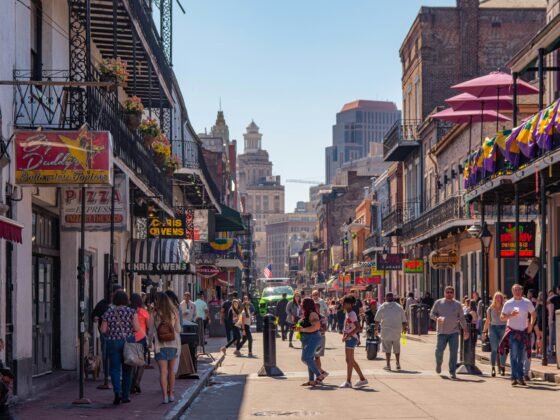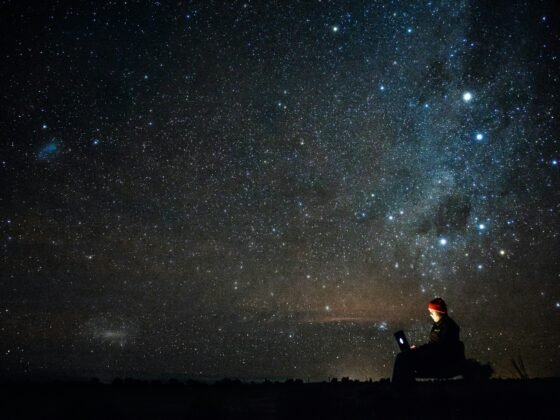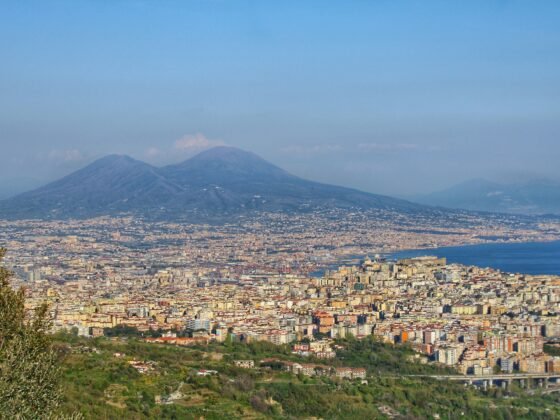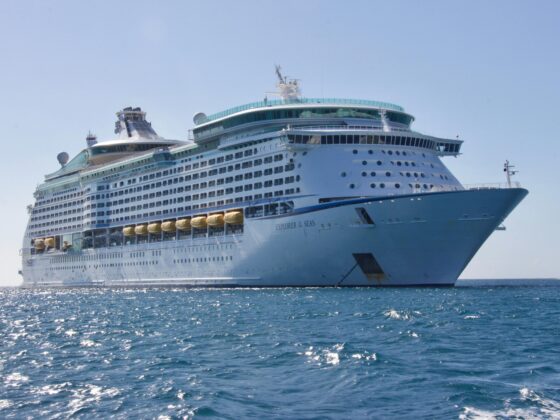Only a few destinations have been awarded the rare honour of being named a dark sky reserve, which is only given to locations that offer superb opportunities for stargazing. To qualify locations must have their light pollution levels strictly monitored and only the finest examples make it on to the list. Light levels are measured on the Bortle scale with 1 being the darkest, through to 9 which are typically urban skies.
Dark Sky Reserves in the UK
There are currently four locations across the UK that have been given the honour of a dark sky reserve thanks to their continued commitment to nature and sustainability. The four sites are all well-known back-to-nature spots and once the daily activities of hiking, bird spotting and climbing have been completed, why not hang around and catch sights of the stars and moons. Sites include;
- Exmoor National Park in Somerset and Devon in England
- Brecon Beacons mountain range in South Wales
- Galloway Forest Park in Scotland’s Dumfries and Galloway was the UK’s first listing
- Island of Sark in the Channel Islands is the first island to hold the honour
USA Reserves
There are five dark sky reserves across the USA, which allows visitors to witness the full beauty of the sky at night. The very first was designated twenty years ago which has since attracted vast numbers of keen stargazers to enjoy the nightly display. Sites include;
- Lake Hudson State Recreation Area in Michigan is both the oldest and largest dark sky reserve in the USA – it was established in 1993 and covers some 890 hectares
- Natural Bridges National Monument in Utah
- Potawatomi Wildlife Park in Indiana
- Cherry Springs State Park in Pennsylvania
- Observatory Park in Ohio’s Geauga Park District
Canada Reserves
Canada boasts the most dark sky reserves in the world with an enviable 16 sites. The vast naturally beautiful Canadian landscape lends itself perfectly to witnessing the natural skyscapes. And of course much of northern Canada has the added bonus of experiencing the northern lights, aka aurora borealis. In fact Canada is said to have the greatest concentration of activity (around 85%) with the strongest geomagnetic activity. Sites include;
- Wood Buffalo National Park in Alberta and the Northwest Territories is also a UNESCO World Heritage Site and the largest site in the world
- Torrance Barrens in Ontario was the very first Canadian Dark-Sky Preserve, awarded in 1999
- Réserve faunique La Vérendrye in Quebec is the only true level 1 bortle scale site in Canada
- Kejimkujik National Park in Nova Scotia
European Reserves
To date there are just 6 other European dark sky sites (in addition to the UK sites);
- Hungary – Zselic Landscape Protection Area
- Poland and Czech Republic – Izera Dark-Sky Park located within Lower Silesia area of Poland the Liberec Region of the Czech Republic and was the first European dark-sky park
- Slovakia – Poloniny National Park
- Hungary – Hortobagy Starry Sky Park
- Czech Republic and Slovakia – Beskydy Dark Sky Park
- Poland – Bieszczady Starry-Sky Park in Subcarpathia
Other Reserves
Admire the gorgeous sunsets and sunrises, as well as the night sky activity in these other locations across the world;
- New Zealand – Aoraki/Mount Cook National Park of Tekapo
- Namibia – The NamibRand Nature Reserve












